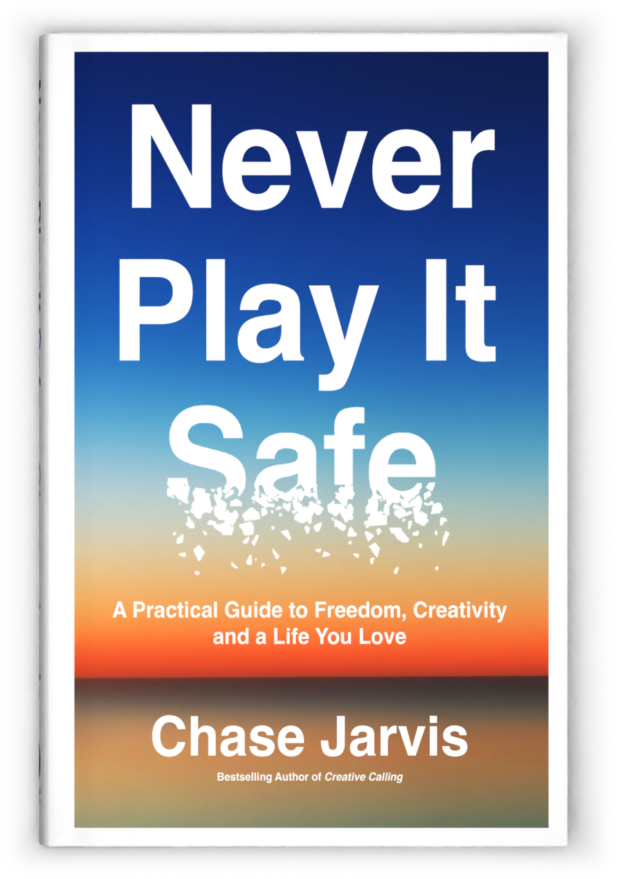Shortly after 9/11 I was working with a small crew shooting an advertisement for Microsoft Mobile on a street corner in downtown Seattle directly across from the Federal Building. Within minutes of breaking out a couple large reflectors and clicking away a few frames, two armed officers came over and shut down our operation saying “you can’t photograph federal buildings”. I assured them the building was not the subject of the image. Nonetheless they shut us down. And in the many years since 9/11, we’ve of course seen and heard numerous incidents/reports/cases of cops unjustly and illegally harassing photographers for similar stuff.
Although this approach was systematically the standard for almost a decade, that treatment was officially laid to rest between August and October 2010 with a settlement between the New York Civil Liberties Union and the Feds that stated it was okay to photograph Federal Courthouse buildings. TODAY however, the NYTimes Lens Blog reports that the NYCLU has received a redacted and updated version of the directive that was sent to all law enforcement agencies nationwide indicating that it is officially legit to photograph ANY AND ALL exteriors of federal buildings from “publicly accessible spaces such as streets, sidewalks, parks and plazas.”
I encourage you to download and print this updated version of the directive and keep it in your camera bag in case you ever get hassled.
In addition to illustrating that you can photograph buildings from public spaces, it mandates that “absent reasonable suspicion or probable cause…officers should not seize the camera or its contents, and must be cautious not to give such ‘orders’ to a photographer to erase the contents of a camera” as this constitutes and illegal seizure or detention.
Good news for us all.
[via the NYT Lens blog]

















the nikon lord himself (lilkiwiguy87) stated that those documents are fake and department of homeland security’s official website never addressed this.
“absent reasonable suspicion or probable cause…officers should not seize the camera or its contents, and must be cautious not to give such ‘orders’ to a photographer to erase the contents of a camera”
Good to know but still sounds pretty subjective to me. I mean I’ve been pulled over for DWB (Driving While Black) and was never given a single explanation. I suspect it was either because they saw my passenger (my girlfriend at the time) was white or they thought I was in the wrong neighborhood when I lived about 4 blocks from where I was pulled over.
So if an officer has a bad night with his wife, lost a bundle on a sports bet or stubbed his toe getting out of bed, as far as he’s concerned, that’s ‘probable cause’ to hassle anyone. As a black man I’m smart enough not to argue otherwise I may never be seen or heard from again. Don’t get twisted, just because Obama is sitting in 1600 Pennsylvania Ave does not mean life on the street is necessarily different.
Chase I thought you might be interested to know that us Australian’s are having similar problems down here and it’s beginning to get way out of hand. It is now illegal to take photographs in some national parks and on some beaches without a permit (Bondi Beach comes to mind) and at Uluru you can only take photos from designated areas even though in general, landscape photographers only require a tripod which would result in zero damage to the environment.
Hopefully we can turn this craziness around before it goes to far.
I’ve attached a link to a video where Ken Duncan (one of Australia’s most well known landscape photographers) discusses the issue in a little more detail. (He’s not the most eloquent person going round but you’ll pick up his point).
http://www.youtube.com/watch?v=FNiFCEUdf9o
Cheers
G
Chase,
Thanks for bringing attention to this issue. As a location scout and manager I have experienced the misplaced authority that security, property management, or even police firmly enforce as you stand there on the street with camera in hand. I inform security or property management companies, that their authority ends at their property line. As long as you are on public property or you have permission from a private vantage point, you can photograph buildings as part of a cityscape. Tourists, average citizens with a smart phone camera, a location scout, and photographers can take pictures from public property. If you are a professional photography crew, you should, of course, have a city film permit for public property. When photographing a specific building that you intend to feature, it is always advised to give notice to that building as a general policy. Information is always appreciated by the property owner and usually buys you good rapport while shooting.
Buildings like the Space Needle are trade marked and have usage fees attached to the specific uses of the film/photograph. The Space Needle has been very cooperative and understanding by giving photographers a little creative latitude as long as the Space Needle is part of the cityscape and is not singled out and rebranded to fit someone’s advertisement or storyline. Not communicating with a building such as the Space Needle could come back to bite you or your client later if you don’t have a release. Photograph those cityscapes from the street, but also be informed about the building you are shooting.
Thanks again Chase!
I’ll keep a copy on my iPhone from now on…
Craig